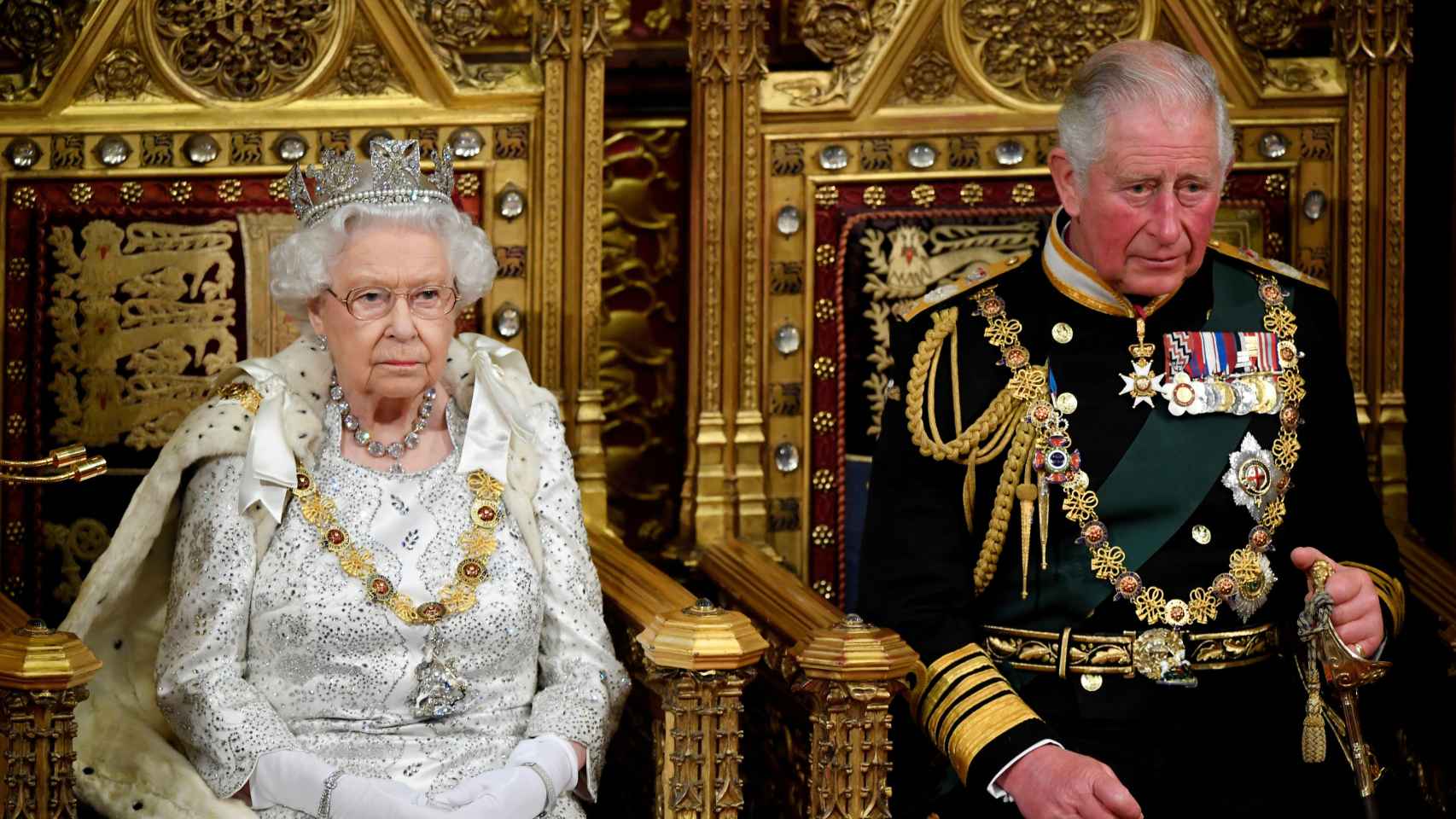Queen Elizabeth II has died this Thursday at the age of 96 and her death carries with it a series of protocols that are put in place from the moment of her death. What the figure of the monarch represents, her trajectory and the affection of the British will be reflected in different tributes and acts until the celebration of the funeral.
When the body is found in Balmoral Castle, in Scotland, the so-called ‘Operation Unicorn’, which is part of the ‘London Bridge’, which consists of the transfer of the coffin of Elizabeth II to the English capital. A trip that will be made on a train and that will arrive at the San Pancracio station, where he is received by the Prime Minister, Liz Trussaccompanied by the entire royal family.
After the official announcement by the Royal Family through a statement from the Buckingham Palace and until the burial takes place, a total of 10 days pass. During these 10 daysthe entire royal funeral ceremony is prepared, with the protocol or invitations to other royal families and leaders from around the world.
[Isabel II, última reina del Imperio y primera de la cultura pop]
Edward Young, Elizabeth II’s private secretaryhas been the first person to receive the news and has been in charge of notifying the Prime Minister, Liz Truss, with a phrase: “London Bridge is Down” (“London Bridge has fallen”).
A phrase that remains for history and that has been subsequently collected in the Global Response Center of the United Kingdom Ministry of Foreign Affairs, which has had the task of conveying the message to the 15 governments outside the country where the queen is head of state , and to the other 38 nations of the Commonwealth of Nations (commonwealth). The ministers are notified immediately by email and after that message the flags at the Government headquarters are placed at half-staff.
These operations contemplate the events that will take place in the next ten days, starting on the so-called D-Day (the day of death), with historical events such as a four-day tour of the UK by the new king, Charles III, who will send a televised message to the nation this Friday. Also included in this protocol is a private meeting between the monarch and the prime minister before initiating the corresponding posthumous rituals.
[El príncipe Carlos se convierte en rey de Inglaterra y Camilla Parker Bowles será reina consorte]
planned schedule
This Friday the acts and preparations for the funeral continue after the appointment of Carlos as the new king and the reading of a proclamation. At noon, the deputies will pay tribute in the House of Commons, led by the premiere. It will be then that, within the framework of ‘Operation Unicorn’, a four-day tour will begin, starting with a visit to the Westminster Hall in the Houses of Parliament, where parliamentarians will give a “condolence motion”. Your next stop will be Edinburgh to visit the Scottish Chamber followed by a memorial service at the St Giles Cathedral.
Then King Charles will go to North Ireland, where members of parliament will give another motion of condolence, this time at Hillsborough Castle, home to the Secretary of State and official residence of the monarch while in this country. He will then attend a service at the St Anne’s Cathedral in Belfast.
Meanwhile, in London, the first rehearsal of the procession of Elizabeth II’s coffin from Buckingham Palace to the Palace of Westminster, known as Operation Leon. Precisely, one day later (the fifth), this act will take place officially, the one that It will be a large military parade at a slow pacesimilar to the one the Queen Mother received in 2002.
[Isabel II, una mujer que sacrificó su vida por la Corona: su historia, en imágenes]
After this starts a burning chapel so that the public can attend during the next three days to say goodbye to the queen. This tribute is known as the Lying Queen, which falls within the so-called Operation Boom. Your casket will be placed on a decorated wooden catafalque covered in dark cloaks that supports the coffin. Between these days (from the sixth to the ninth) the preparations for the funeral are completed, while King Charles visits the Welsh Parliament and Liandaff Cathedral in Cardiff.
Finally, on the tenth day after death, the National Day of Mourning. On this date the official funeral of the queen takes place in Westminster Abbey, followed by a service in the St George’s Chapel (Windsor Castle)where Elizabeth II will be buried in the memorial room where the tomb of King George VI, her father, is located.















Add Comment